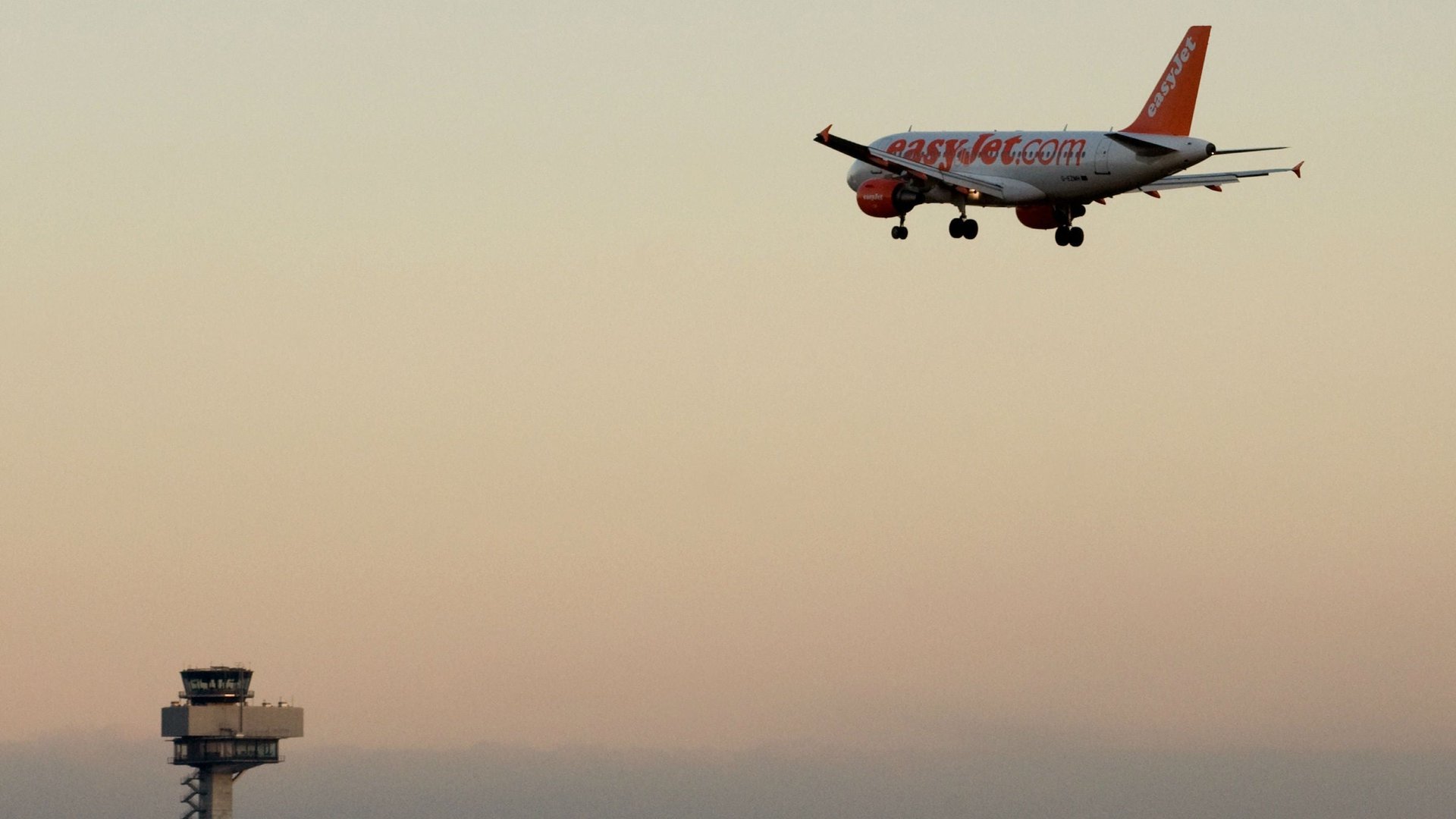Pretty soon all airlines in Europe will look the same
Earlier today, low-cost British airline easyJet forecast a better-than-expected first half of the year because of more business travelers and bookings for spring vacations. (Airlines usually see losses in the winter that are made up for in the summer). EasyJet–which was also recently added to the FTSE 100 as one of Britain’s largest companies–is one of a few low-cost carriers gaining on Europe’s so-called legacy airlines, who have been forced to cut back in an economic downturn.


Earlier today, low-cost British airline easyJet forecast a better-than-expected first half of the year because of more business travelers and bookings for spring vacations. (Airlines usually see losses in the winter that are made up for in the summer). EasyJet–which was also recently added to the FTSE 100 as one of Britain’s largest companies–is one of a few low-cost carriers gaining on Europe’s so-called legacy airlines, who have been forced to cut back in an economic downturn.
Competition from the likes of easyJet and Ireland’s Ryanair may be creating a more homogenous European airline industry. Former state-controlled carriers like IAG, Air France-KLM, and Lufthansa—are investing in their own discount airlines as well as stripping down their traditional offerings to reduce prices. A report by consultancy KPMG in March found that the fare gap between low-cost and legacy carriers had narrowed by 30% over the past six years.
But the cheapest price won’t always win, industry observers say. Geof Collyer, an analyst at Deutsche Bank, says low-cost carriers in Europe still have room to grow but that the “low hanging fruit” has been swallowed. Discount carriers already occupy much of the market for intra-European travel that legacy carriers left open by reducing the number of flights in recent years. And legacy airlines are working to catch up. “As the total cost gap closes, for many the ease of booking and travel with more traditional carriers wins out over paying for baggage, the scrum at boarding and flying at inconvenient times. Customers are increasingly seeking value – price is only part of the decision process,” Cathal O’Connell, the CEO of bmi regional, a British airline, told Travel Daily Media.
Airlines like easyJet may consider moving away from the Ryanair model and into slightly higher-class territory. The Irish airline is itself moving somewhat in that direction: it raised fares by 8% in the third quarter of last year and started allowing customers to reserve seats. The need to win over passengers is even more critical this year, when profit margins for European airlines are projected to tie with Africa’s to be the lowest of any region at 1.0% (pdf), according to the International Air Transport Association. Traditional and discount carriers are competing for a shrinking pool of passengers in Europe, who see less and less to choose between them.